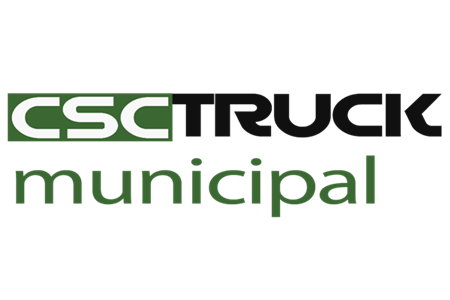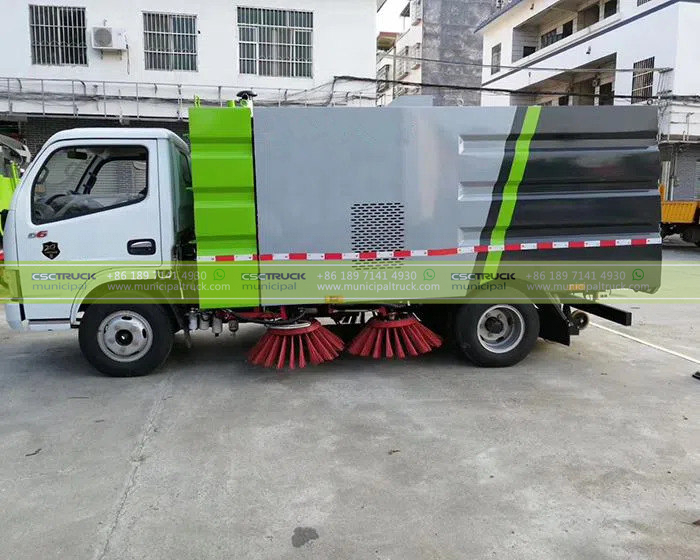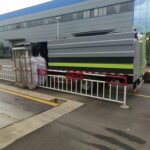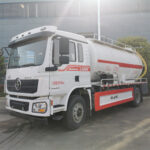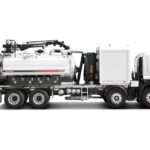Maintaining clean and well-maintained streets and roadways is essential for the safety and overall aesthetics of any city or municipality. Sweeper trucks play a crucial role in this task, as they are specifically designed to remove debris, dirt, and other unwanted materials from the surface of the roads. Sweeper trucks come in various types, each serving a specific purpose and catering to different cleaning needs. In this article, we will explore the different types of sweeper trucks and their uses.
- Mechanical Broom Sweepers: Mechanical broom sweepers, also known as broom trucks, are among the most commonly used types of sweeper trucks. These trucks feature rotating brooms that sweep the debris into a collection hopper. The brooms effectively remove dirt, leaves, and larger debris from the road surface. Mechanical broom sweepers are highly versatile and can be used on a wide range of surfaces, including asphalt, concrete, and even uneven terrains. They are ideal for cleaning streets, parking lots, and construction sites.
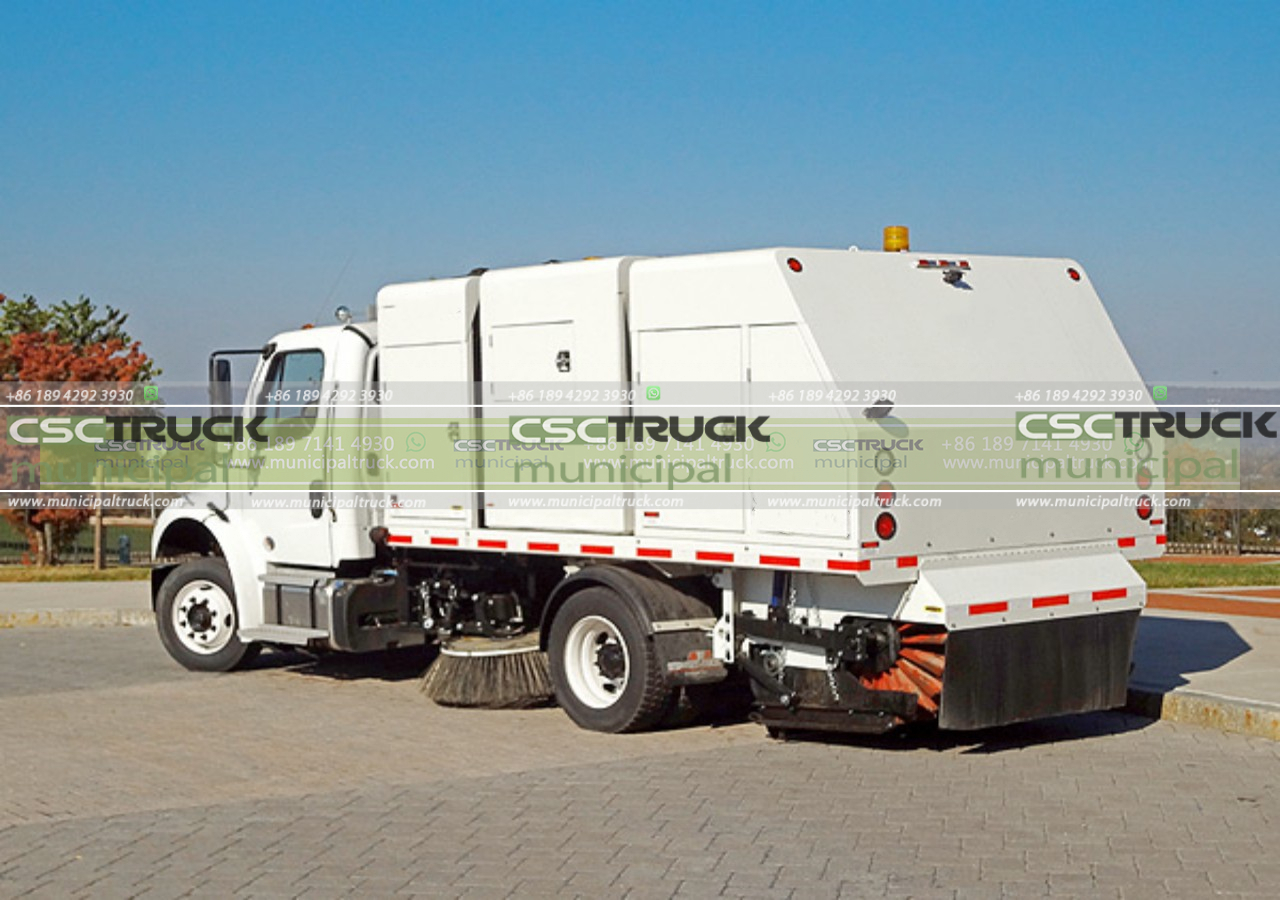
- Regenerative Air Sweepers: Regenerative air sweepers, also called vacuum sweepers, utilize a powerful suction system to remove dirt and debris from the road. These trucks use a high-velocity air stream to dislodge the debris, which is then collected into a hopper through a vacuum system. Regenerative air sweepers are particularly effective in removing fine particles, such as dust and sand, as well as leaves and light debris. They are commonly used in urban areas, parking garages, and sidewalks.
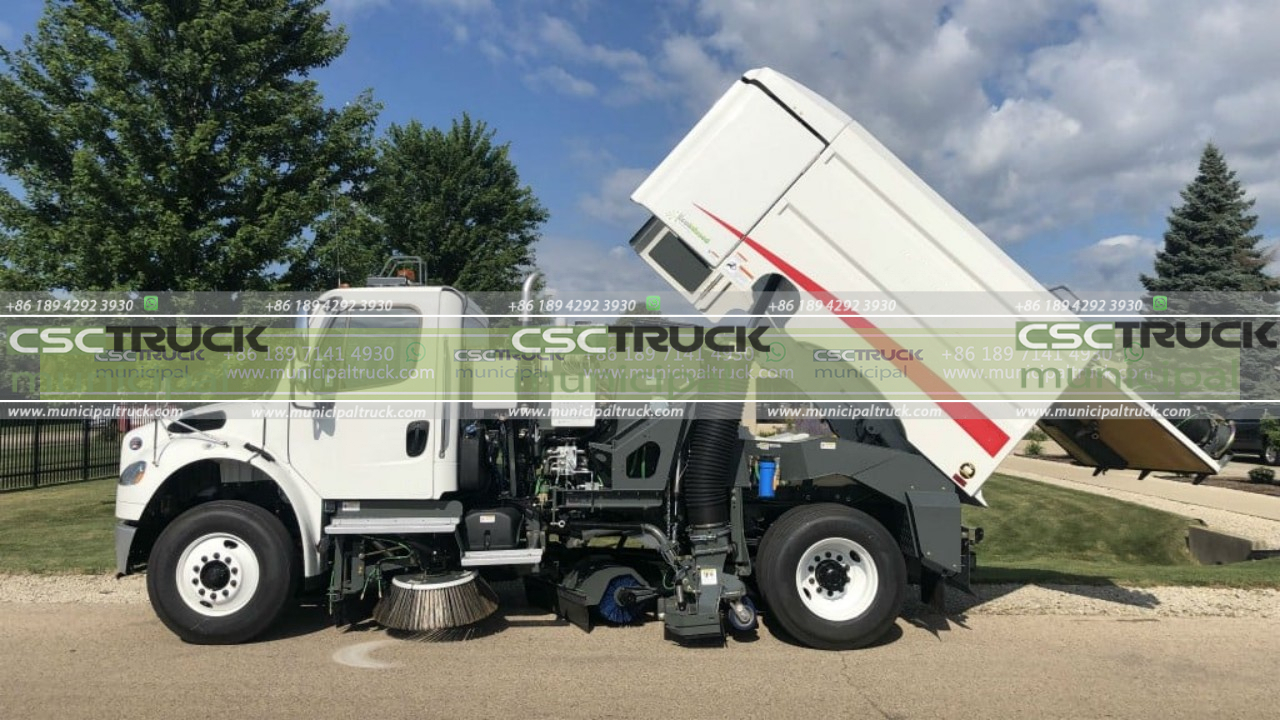
- Waterless Sweepers: Waterless sweepers, as the name suggests, do not require the use of water during the sweeping process. Instead, they utilize advanced dust control systems that minimize the release of dust particles into the air. Waterless sweepers are equipped with filters and fans that effectively capture and contain dust and fine particles, preventing them from becoming airborne. These sweepers are environmentally friendly and are often used in areas where water conservation is a priority, such as drought-prone regions.
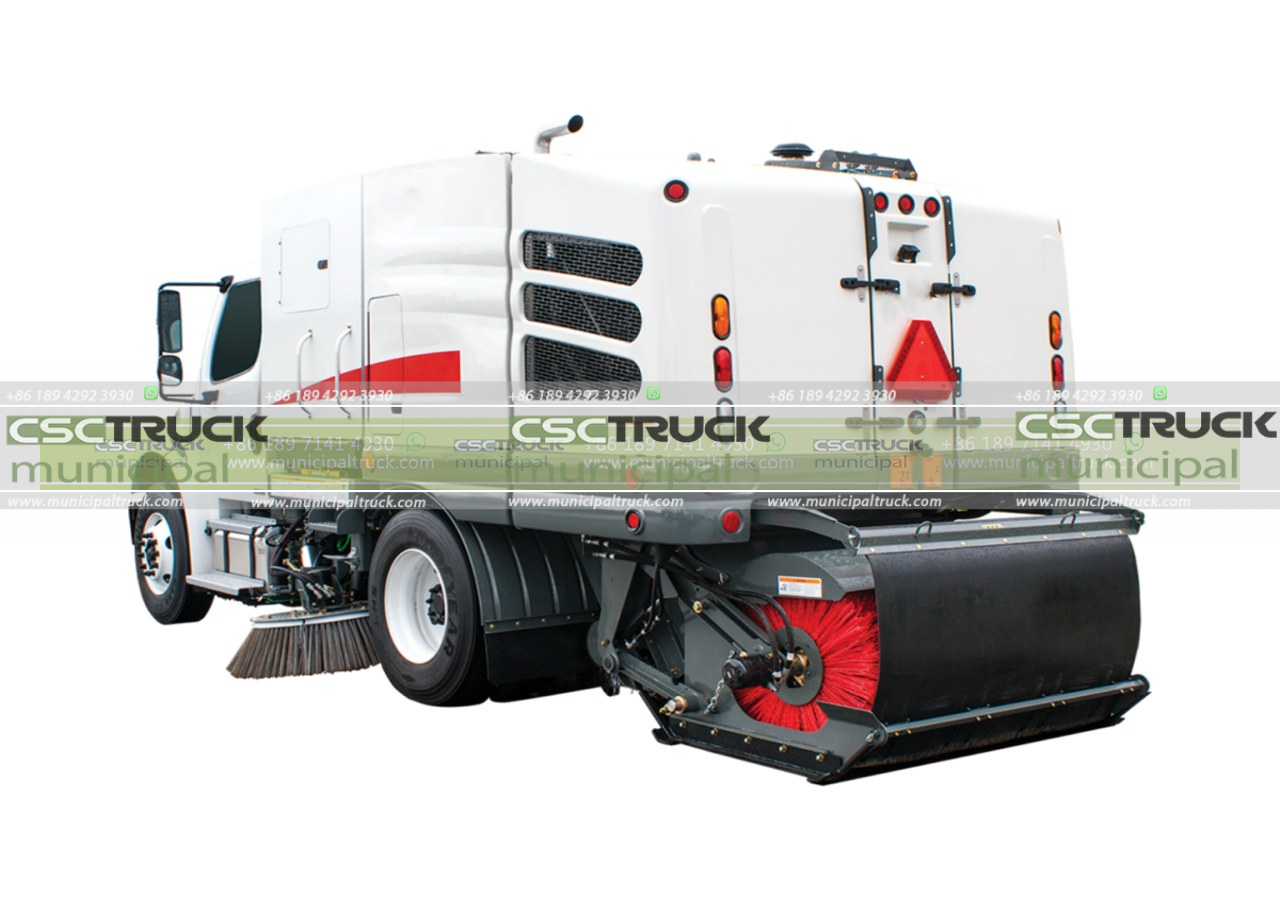
- Magnetic Sweepers: Magnetic sweepers are specialized sweeper trucks that are designed to remove metallic debris from the road surface. These trucks are equipped with powerful magnets that attract and collect metallic objects, such as nails, screws, and metal shavings. Magnetic sweepers are commonly used in construction sites, industrial areas, and places where metal debris is common. They help prevent potential hazards caused by metal objects and contribute to maintaining a safe environment.
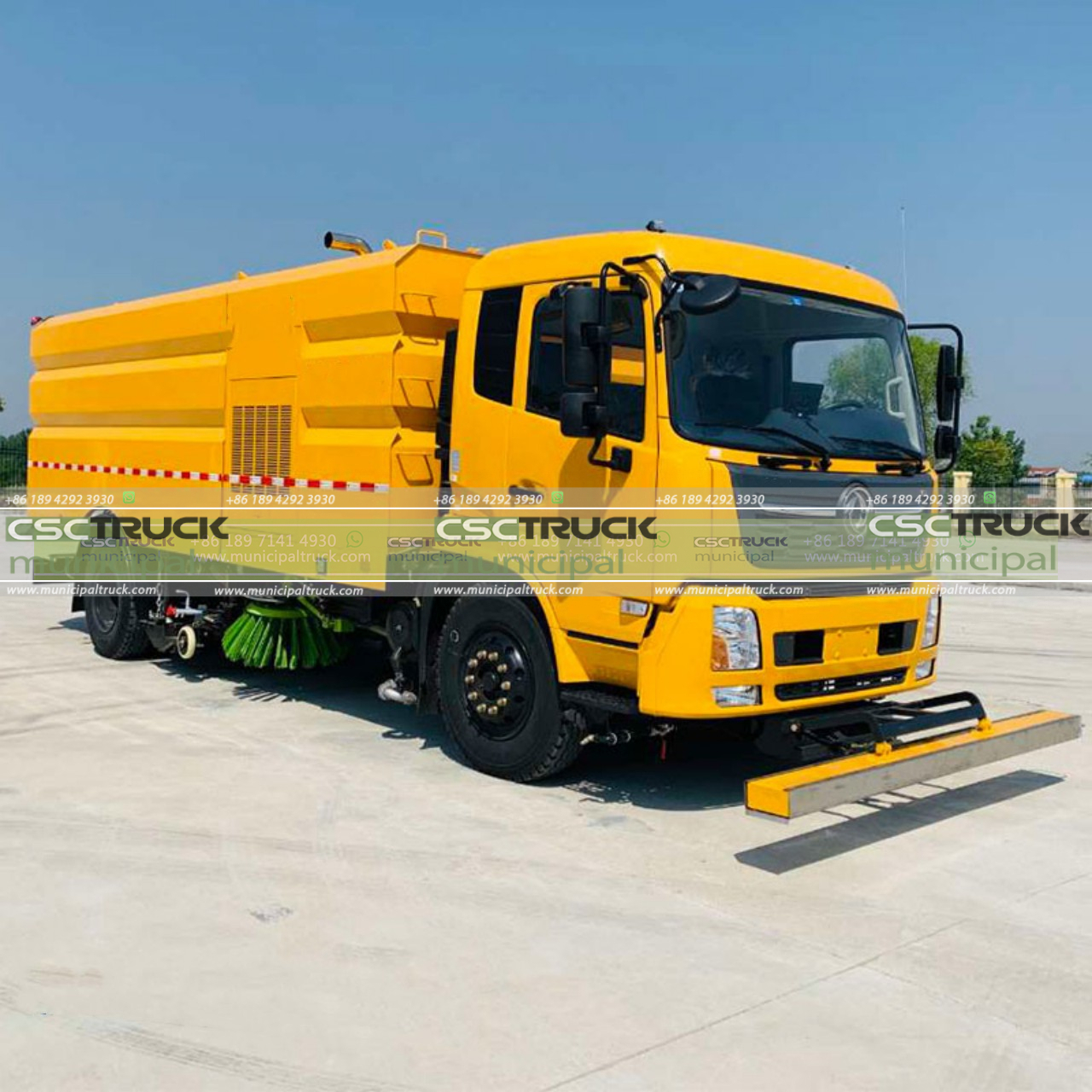
- Runway Sweepers: Runway sweepers are specifically designed for airports and airfields to maintain clean and debris-free runways. These sweepers are equipped with a combination of brushes and vacuum systems to clean the runway surfaces effectively. Runway sweepers can remove rubber deposits from landing strips, ensuring optimal friction for aircraft during takeoff and landing. They also help maintain safety by eliminating foreign object debris (FOD) that could damage aircraft.
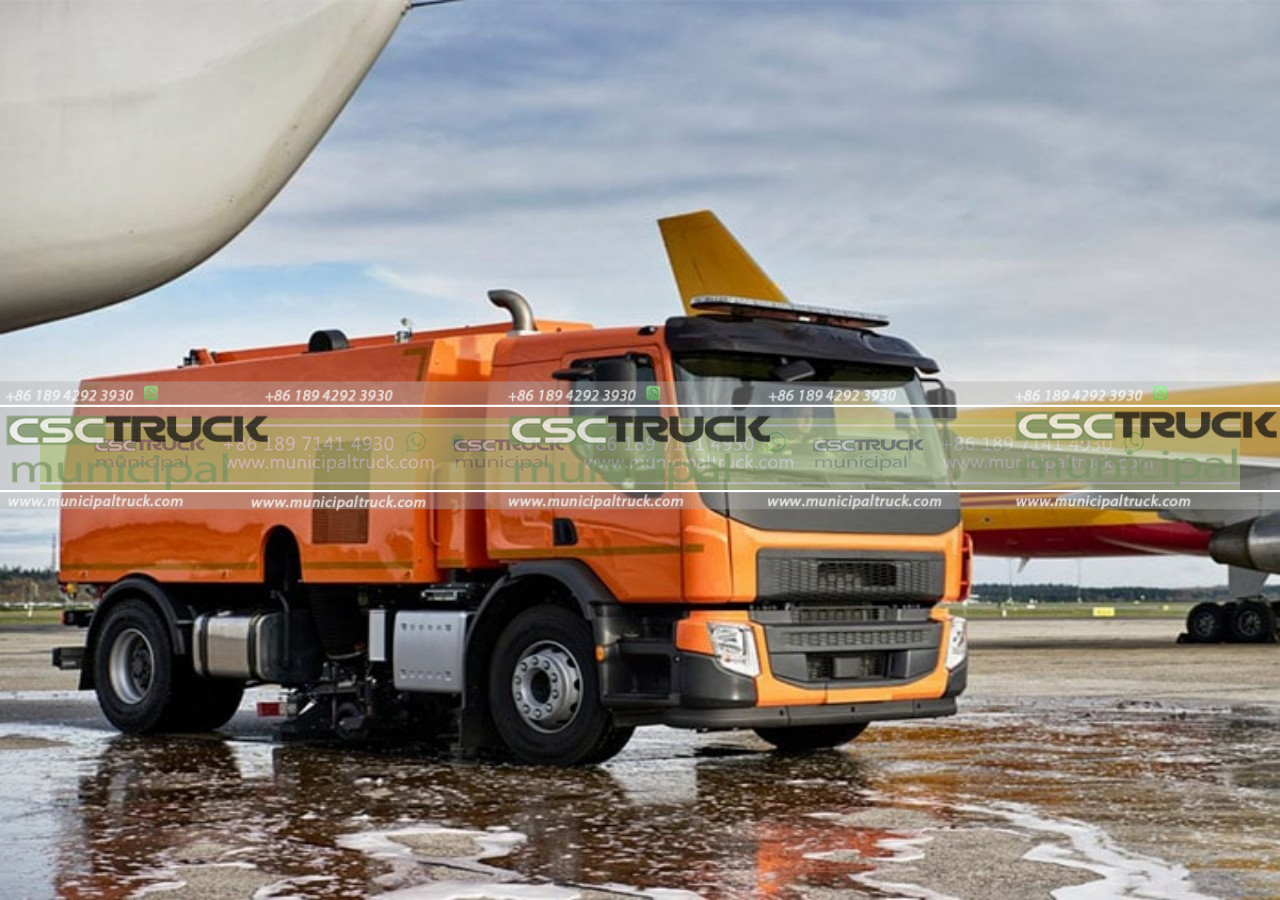
- Side Suction Sweepers: Side suction sweepers, also known as side broom sweepers, are designed to clean curbsides, gutters, and hard-to-reach areas along the road. These trucks have a side broom that extends from the side of the vehicle, sweeping debris toward a suction inlet. Side suction sweepers are effective in removing dirt, leaves, and other debris accumulated along the curbs and edges of the road. They are commonly used in urban areas, where debris tends to accumulate in these hard-to-reach spaces.
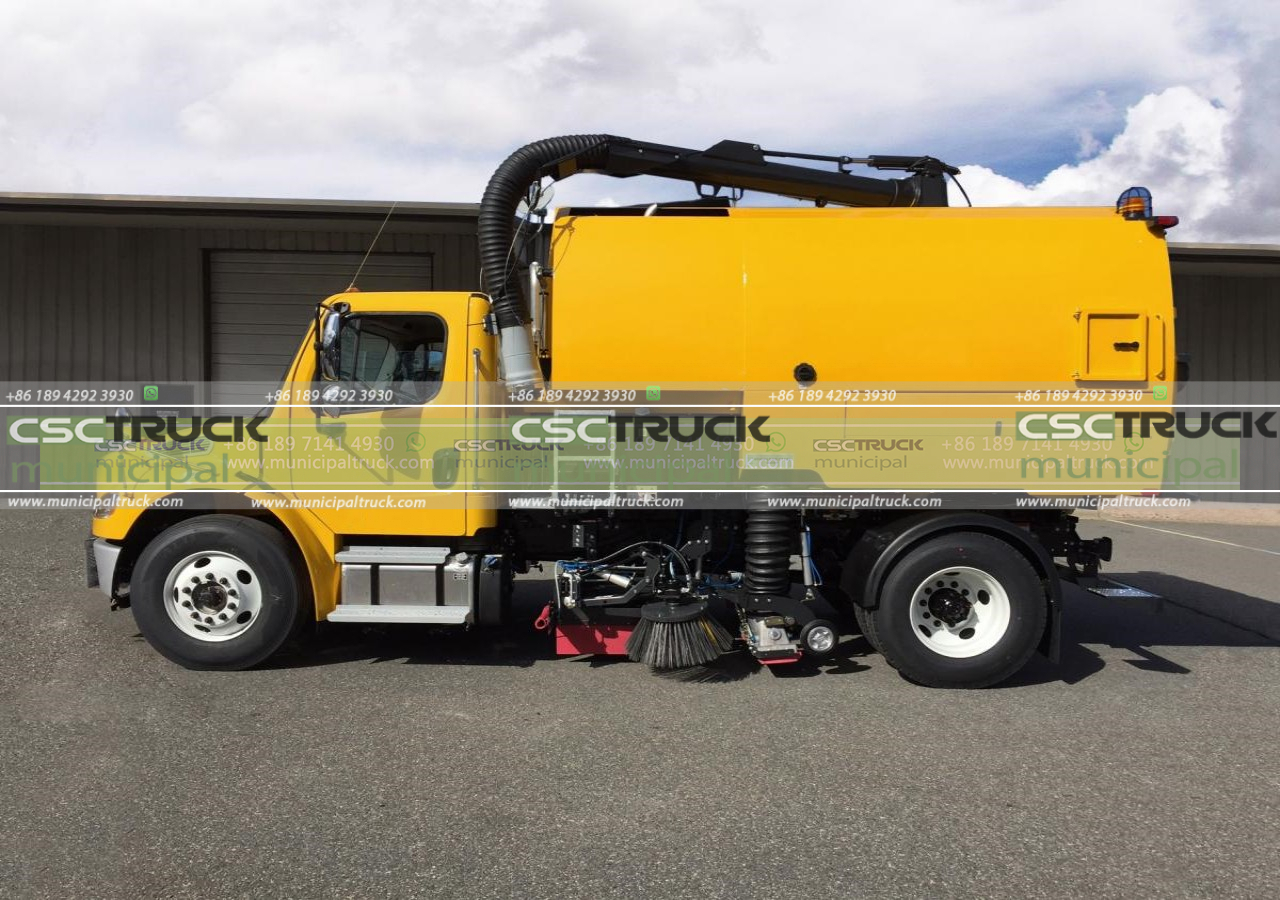
In conclusion, sweeper trucks come in various types, each designed to cater to specific cleaning needs. From mechanical broom sweepers to regenerative air sweepers, waterless sweepers to magnetic sweepers, each type serves a unique purpose and contributes to maintaining clean and safe roadways and public spaces.
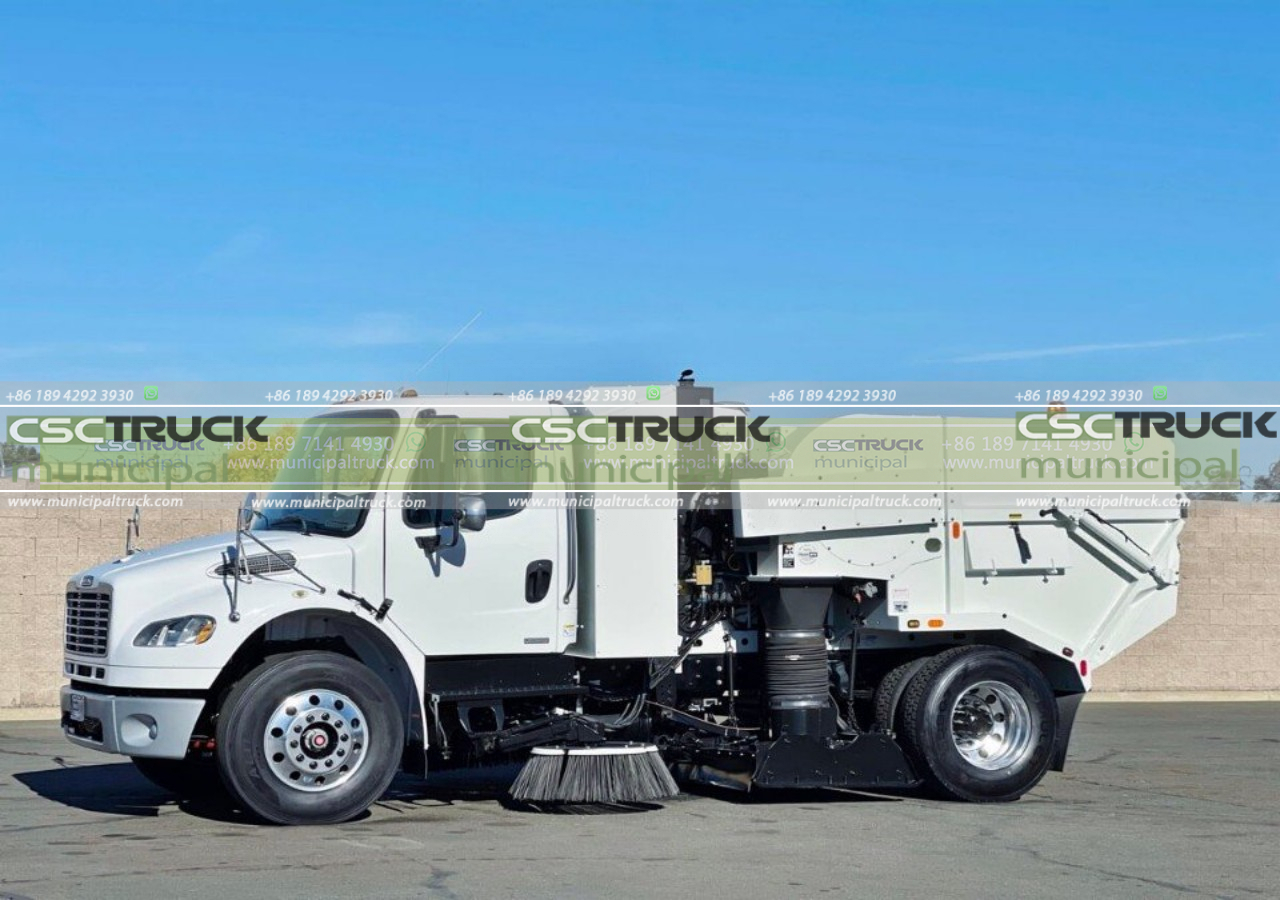 The importance of sweeper trucks in maintaining clean and well-maintained roadways cannot be overstated. Beyond the aesthetic benefits, clean streets contribute to a healthier environment by reducing the presence of pollutants and preventing the accumulation of debris that can clog drainage systems and lead to water pollution.
The importance of sweeper trucks in maintaining clean and well-maintained roadways cannot be overstated. Beyond the aesthetic benefits, clean streets contribute to a healthier environment by reducing the presence of pollutants and preventing the accumulation of debris that can clog drainage systems and lead to water pollution.
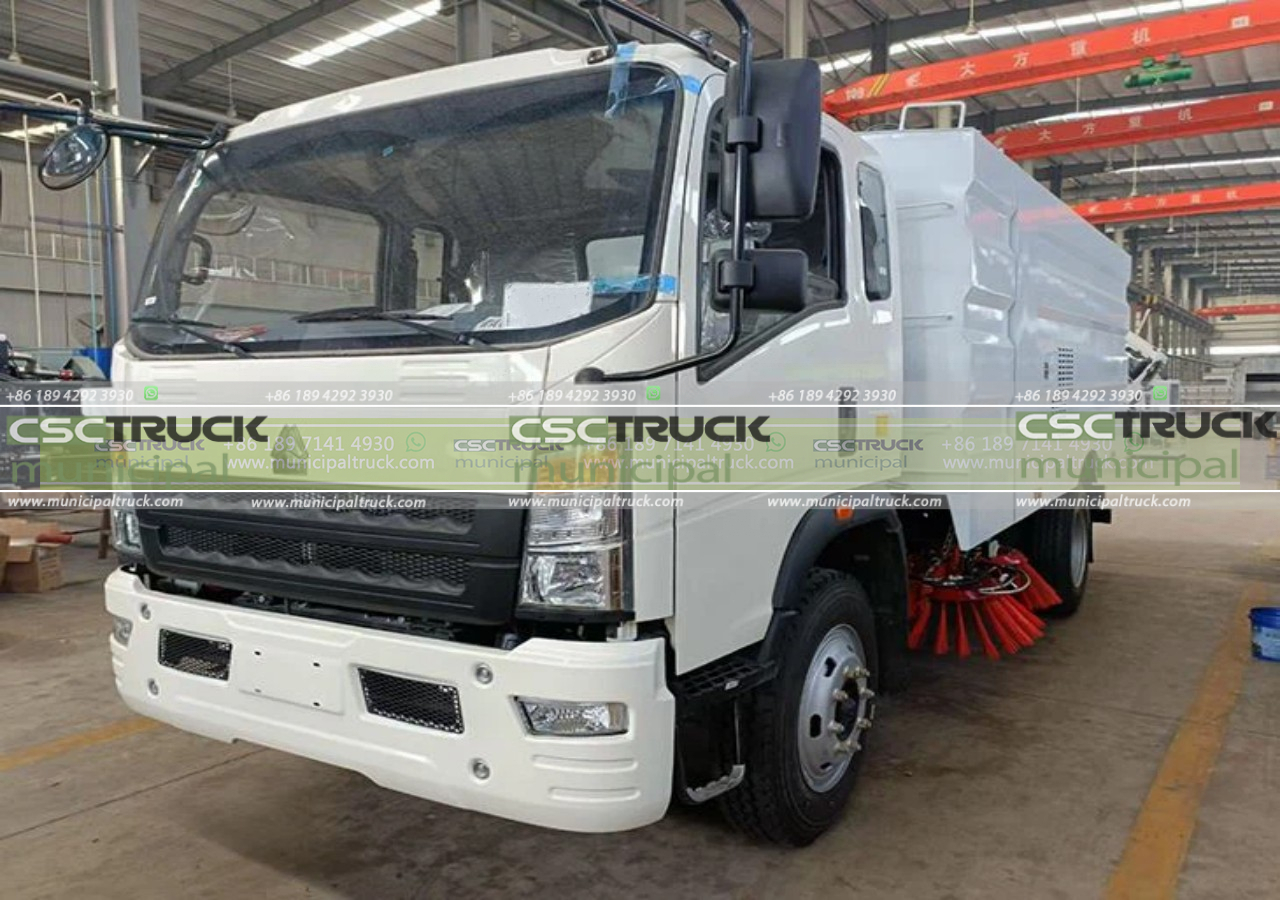 Furthermore, the efficient removal of debris and foreign objects by sweeper trucks enhances road safety. Leaves, sand, and other debris can create slippery surfaces, increasing the risk of accidents, particularly in wet or icy conditions. Sweeper trucks play a crucial role in minimizing these hazards and ensuring the smooth flow of traffic.
Furthermore, the efficient removal of debris and foreign objects by sweeper trucks enhances road safety. Leaves, sand, and other debris can create slippery surfaces, increasing the risk of accidents, particularly in wet or icy conditions. Sweeper trucks play a crucial role in minimizing these hazards and ensuring the smooth flow of traffic.
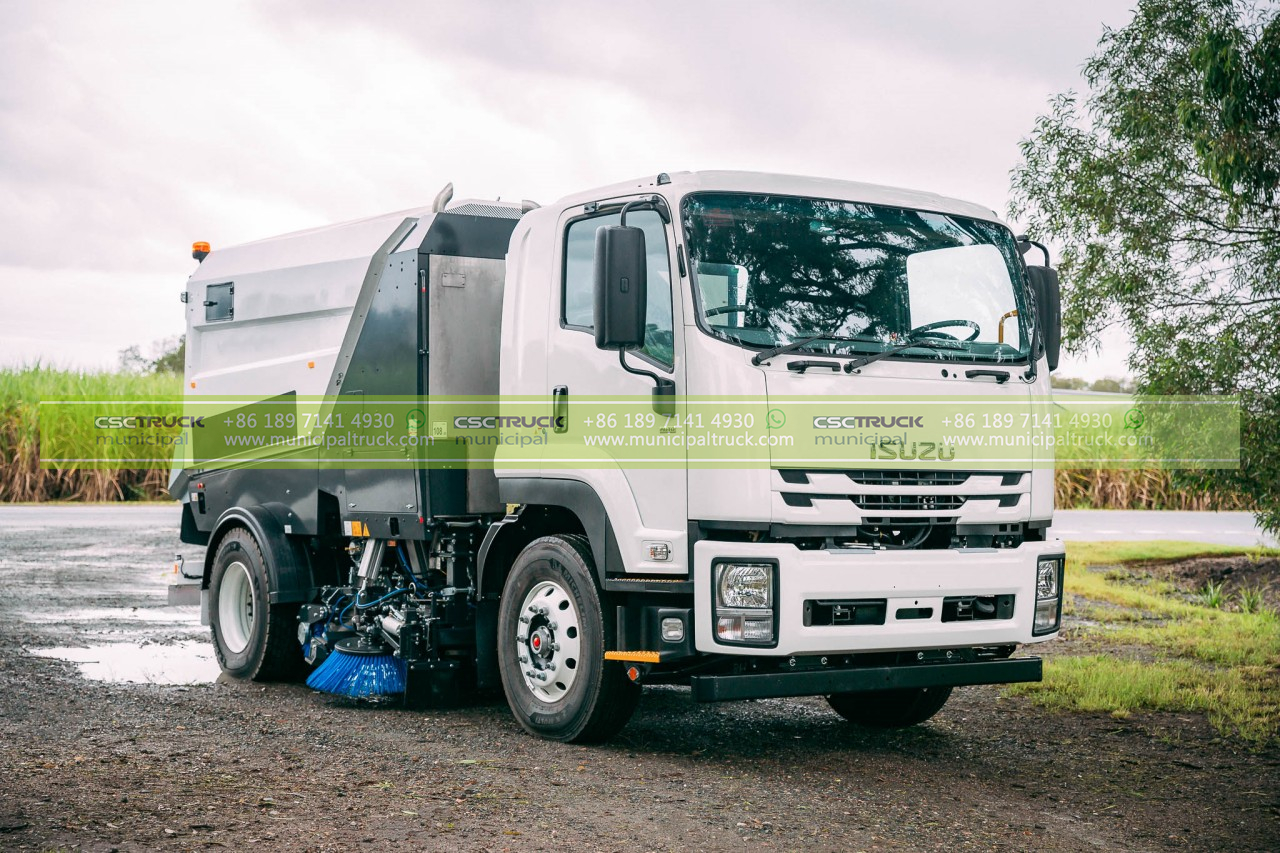 It is worth mentioning that sweeper trucks require regular maintenance and upkeep to operate at their optimal performance levels. Routine inspections, cleaning, and servicing of the sweeping components, such as brooms, vacuum systems, and filters, are essential to ensure effective debris removal and prevent breakdowns.
It is worth mentioning that sweeper trucks require regular maintenance and upkeep to operate at their optimal performance levels. Routine inspections, cleaning, and servicing of the sweeping components, such as brooms, vacuum systems, and filters, are essential to ensure effective debris removal and prevent breakdowns.
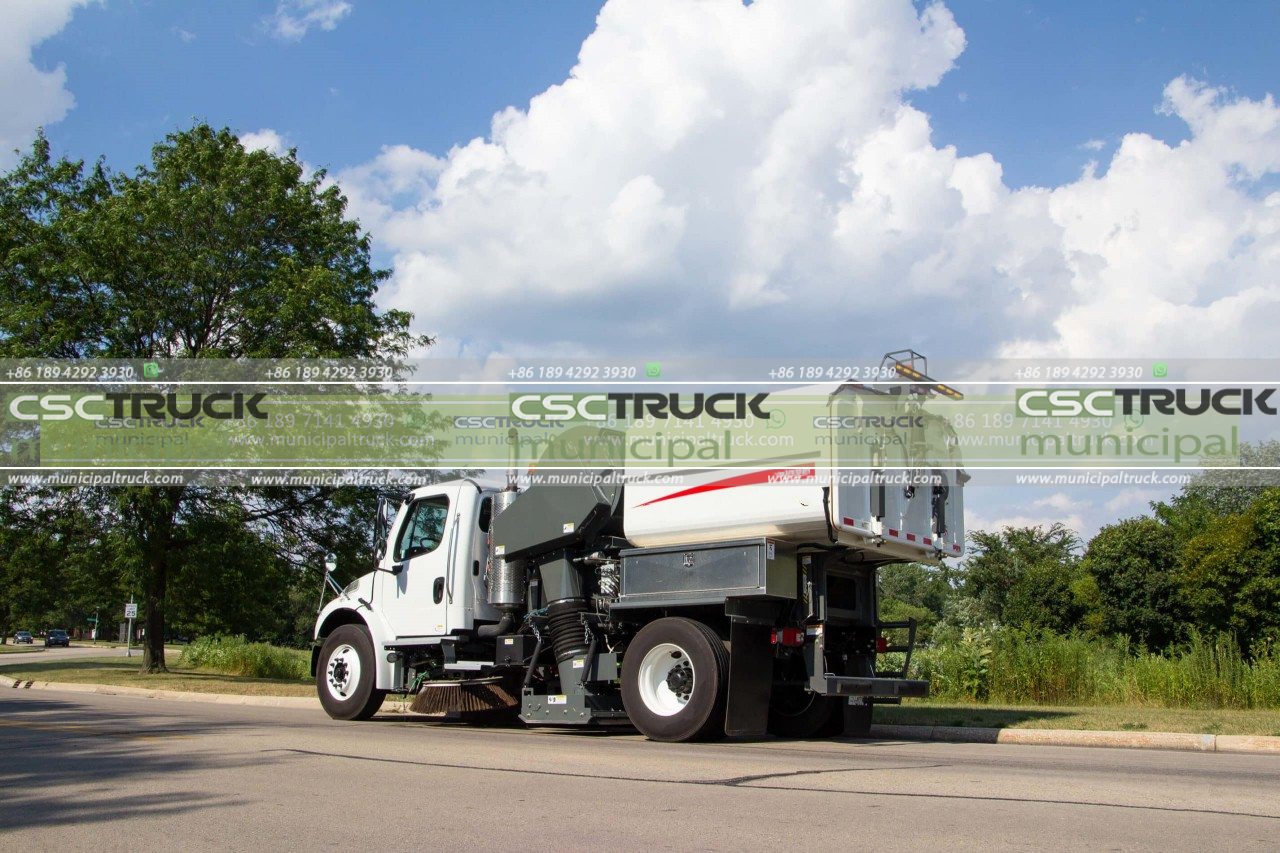 As a conclusion, sweeper trucks are indispensable tools for maintaining clean and safe roadways, parking lots, airports, and public spaces. The different types of sweeper trucks, including mechanical broom sweepers, regenerative air sweepers, waterless sweepers, magnetic sweepers, runway sweepers, and side suction sweepers, cater to specific cleaning needs and challenges.
As a conclusion, sweeper trucks are indispensable tools for maintaining clean and safe roadways, parking lots, airports, and public spaces. The different types of sweeper trucks, including mechanical broom sweepers, regenerative air sweepers, waterless sweepers, magnetic sweepers, runway sweepers, and side suction sweepers, cater to specific cleaning needs and challenges.
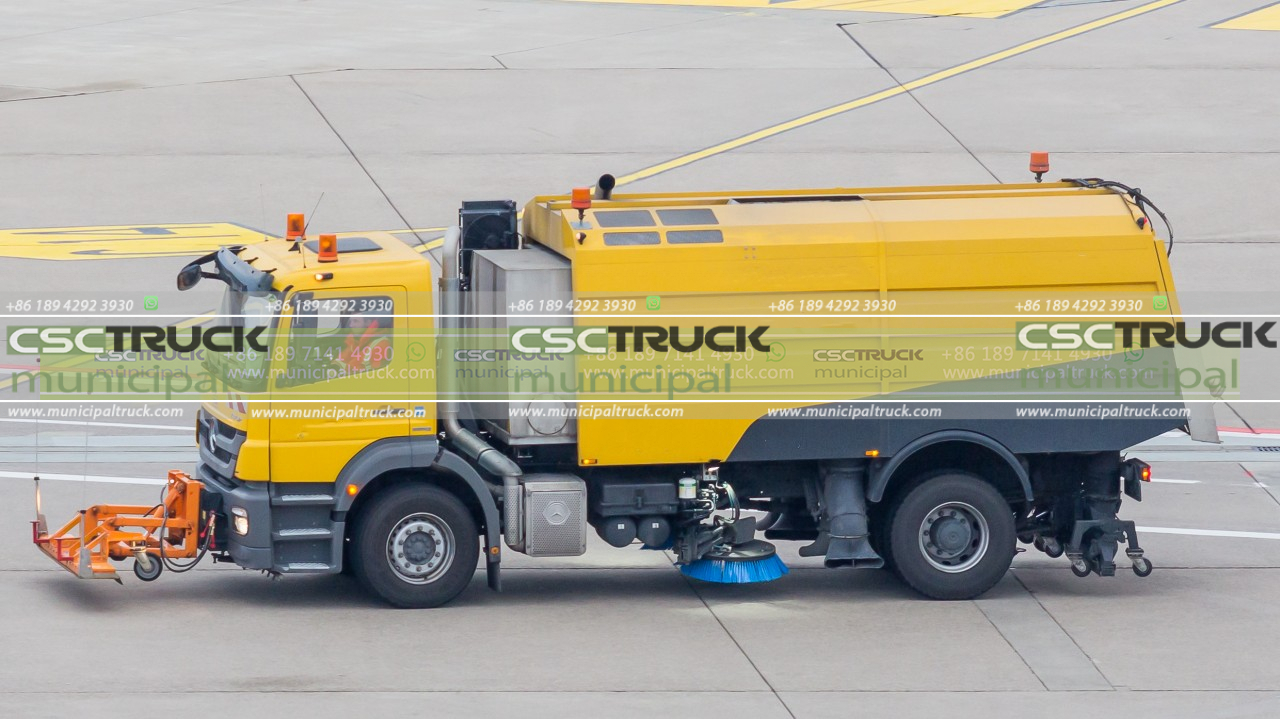
Investing in a diverse fleet of sweeper trucks enables municipalities and organizations to address various cleaning requirements and ensure optimal performance effectively. By utilizing the appropriate type of sweeper truck for specific cleaning tasks, debris and pollutants can be efficiently removed, contributing to a cleaner environment, improved road safety, and the overall well-being of communities.
Contact us for this municipal truck or similar trucks: [email protected] Call us or What's APP us: +86 189 4292 3930
